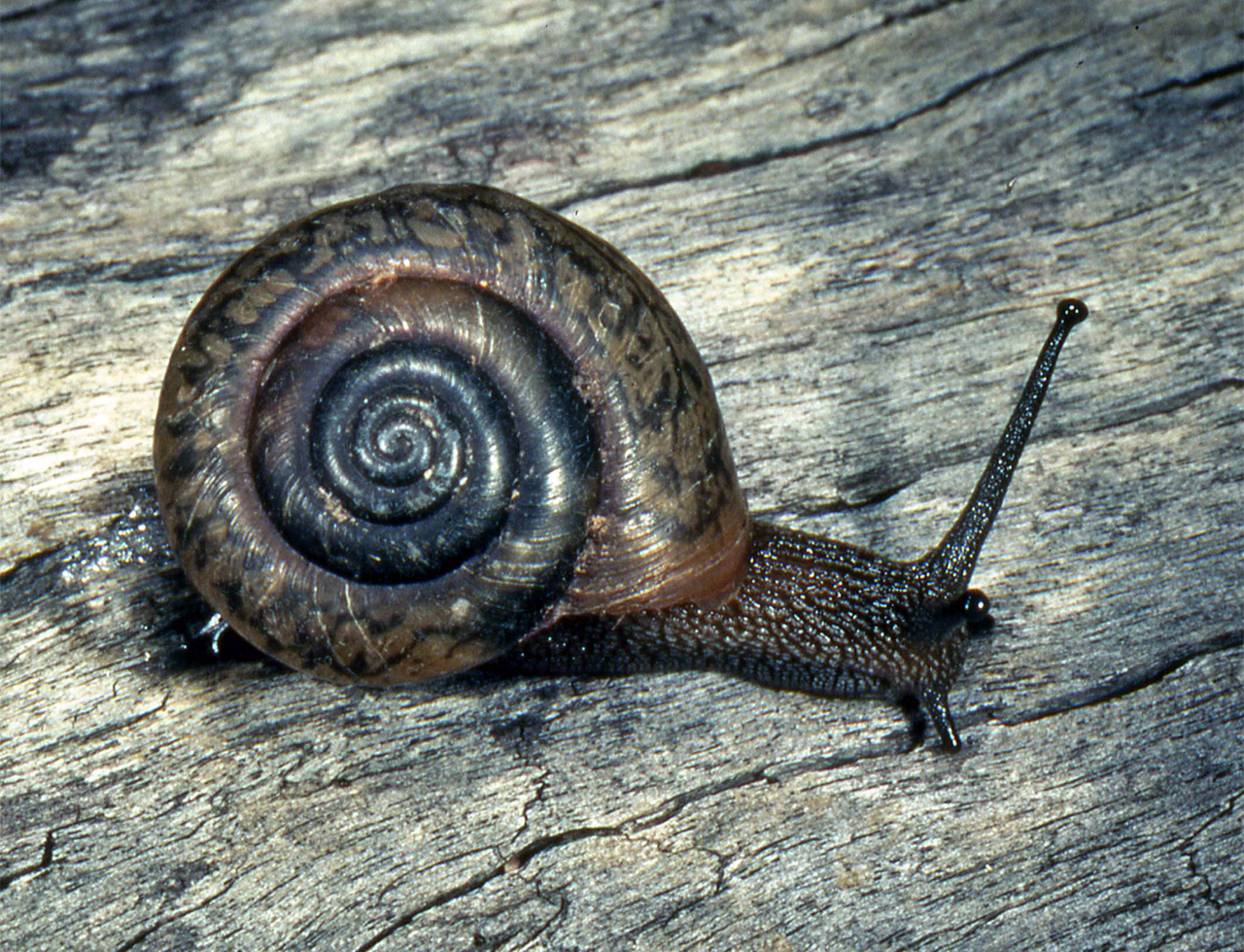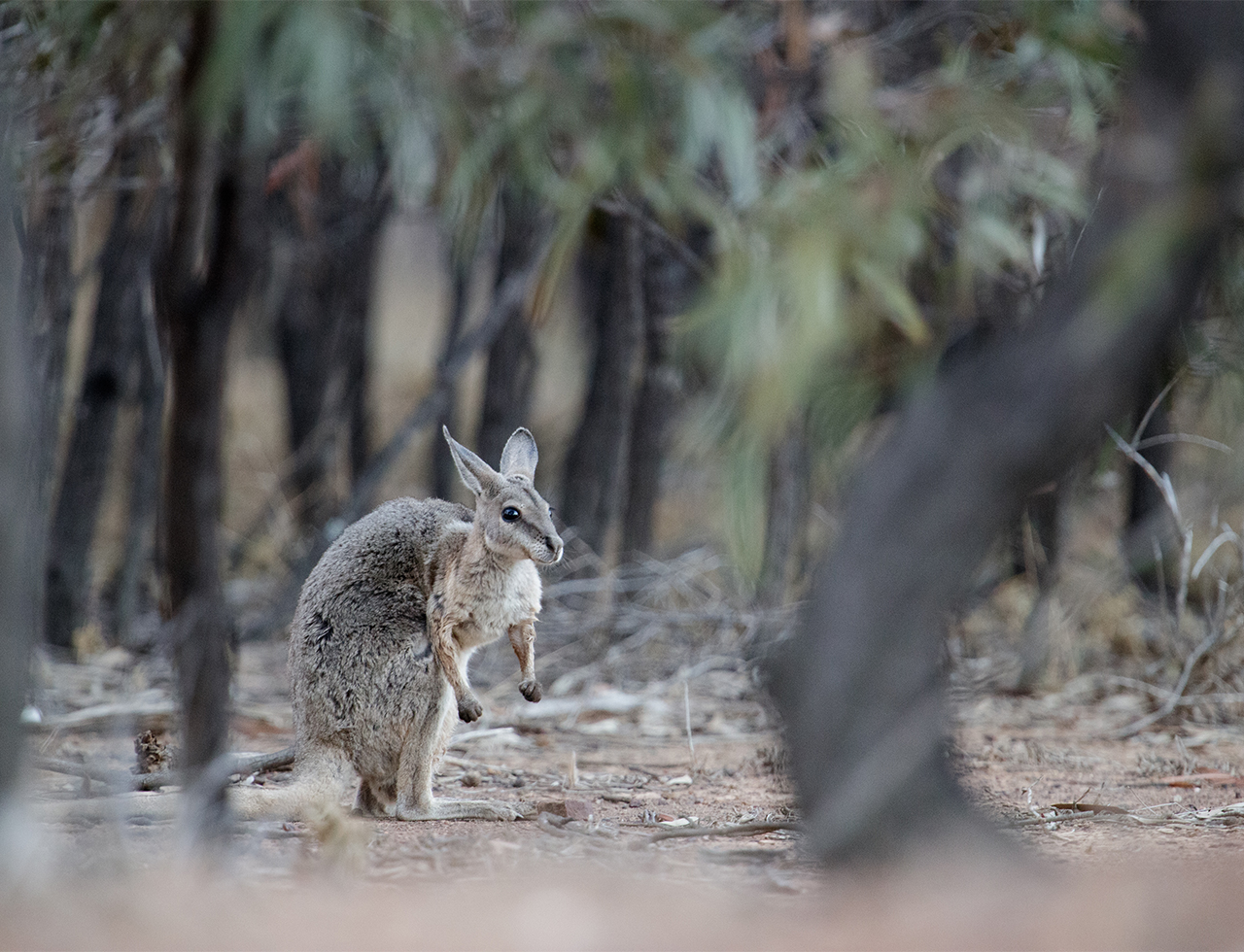Putting a dollar figure on threatened species
Posted on 16 June, 2021 by Ivan
We are both lucky and unlucky to have our share of threatened species calling our region of central Victoria home. Plants and animals are driven to the edge for a variety of reasons. Habitat loss and invasive species are recognised as the two largest factors in species decline and extinction. The Mount Alexander region offers a safe haven for some species, but also an abundance of invasive weeds and pest animals.
If money rules the world (which we hope it doesn’t!), then perhaps we need a dollar value to represent threatened species and their plight for survival.
Thankfully, a major research project has explored putting a dollar figure on threatened species. Dr Ram Pandit of the University of Western Australia (UWA), Dr Kerstin Zander of Charles Darwin University (CDU), and their colleagues are taking a close look at how people value threatened species, with some surprising and heartening results.
To learn more, please read the following article, provided courtesy of the Threatened Species Recovery Hub.
To read the full article on the Threatened Species Recovery Hub website – click here
The economics of threatened species
What price persistence? Dr Ram Pandit of the University of Western Australia (UWA), Dr Kerstin Zander of Charles Darwin University (CDU), and several researchers from both UWA and CDU are taking a close look at how people value threatened species, with some surprising – and heartening – results. Here they share their insights into what it means to Australians to avert extinction of vulnerable species.
There is a common misconception that economics is about money. It is not. Economics is the science of allocating scarce resources and making decisions – whether about allocating money or anything else. The total economic value of something includes not just how much money one can get for it on the open market but many other values that do not involve money at all. Dollar values help people understand the worth of something in monetary terms, but they are only one small part of the story in making decisions.
The value of persistence
Threatened species illustrate this point beautifully. The fact that you cannot trade boggomoss snails does not mean that Australian people do not value them. Most respondents will never get the tiniest monetary gain from the snail’s persistence – they will never sell one, eat one, photograph one or visit one of the few boggy mossy springs where they persist in Queensland’s Dawson Valley. Yet, respondents to our species-specific surveys said they were willing to pay around $47 per year to make sure boggomoss snails are not lost forever, with 69% of respondents willing in principle to pay something for the snail to survive. Multiplied across the country’s population, that’s a pretty high existence value. Even when respondents had to choose how much they are willing to pay among three or five threatened species, they were willing to give $0.33 and $0.20 per year, respectively, to make sure the snail no longer qualifies for the threatened species list.

The Critically Endangered boggomoss snail is found only in the Dawson River catchment, in the Brigalow Belt Bioregion of Queensland (photo: John Stanisic)
In fact, what we discovered was that the dollar value of a species increases substantially as it approaches extinction. That effectively says that threatened species are beyond dollar value. This was consistent with another of our surveys, in which 70% of respondents thought extinction should be prevented regardless of the cost. Some might think that impractical – except that the US Endangered Species Act aims “to halt and reverse the trend toward species extinction, whatever the cost”, as the US Supreme Court put it.
That’s not to say that people do not value some species more than others. So long as extinction is avoided, the amount people would be willing to pay for conservation varied by species. In contrast to general perception that birds and charismatic species are valued more than the others, we found that charisma-challenged species like skinks are also valued highly. In our multiple species valuation study, we found that people are willing to pay $3.12 per year to conserve the great desert skink and about $0.37 per year to conserve the eastern bristlebird. We also assessed the community’s values for threatened ecosystems like salt pans ($0.10/year) or Sandstone Shrubland Complex ($0.93/year). Much of our research was quite new – nowhere in the world have multiple species been assessed simultaneously, ecological communities been valued, or anyone tried to uncover the community’s values for anything other than high-profile species.

The Christmas Island blue-tailed skink would be extinct if not for the time and care of dedicated staff and captive breeding facilities provided by Parks Australia and Taronga Park Zoo (photo: Parks Australia)
As a result, we can work out some general rules for determining a species’ non-market value that will help policy-makers estimate the cost to the public if a development increases the probability of species extinction, or the benefits that can arise from habitat restoration. Such values represent the benefits to society of conserving species, and help to make decisions about species conservation while considering the costs.
Management – and trust
In another study, we assessed how the worth of threatened species was affected by their management. We asked whether people would pay less if a species were kept in a zoo, if feral animals were killed as a part of threat management or if a species’ genetic makeup were managed to avoid inbreeding effects. Somewhat to our surprise, the killing of feral animals was embraced by a large proportion of respondents. They were more cautious about genetic management, but only actually opposed active manipulation of genes.
In all the valuation studies, what came through was a trust of the scientists. If scientists were concerned a species might go extinct, and proposed a process to make sure that would not happen, most respondents were willing to make a contribution. As we know, such trust places a great responsibility on those who are trusted, and can easily be lost.

Saving a species can require a major long-term commitment.
The bridled nail-tail wallaby was widespread across eastern Australia at the time of European arrival, but foxes, cats and land clearing drove major declines. The species was thought extinct until a single small population was found in central Queensland in 1973. To prevent the extinction of the species, Taunton National Park (Scientific) was established at the site and feral predator control and other conservation actions have been put in place since that time to conserve and support its recovery. Image: Nicolas Rakotopare / Queensland Parks and Wildlife Service
On the money
A final part of our work did also look at the monetary economy and threatened species. For instance, many species may survive only if they are kept in zoos or behind large fences. To help planning for such expenditure, the country’s zoos provided estimates of the costs of keeping different types of animals – and mammals and birds are much more expensive to keep than other, smaller animals. We costed the different types of fencing that are increasingly being erected to protect native mammals from feral predators. For a sample of species, we also calculated the institutional costs of threatened species management. Rangers erecting nest boxes can only do their job if there are people in offices arranging their weekly pay or training them how to climb trees. Such costs are almost never calculated in threatened species budgets, which fall short as a result.
However, not all costs are outlays. Threatened species managers often live in rural and remote communities; their children go to local schools; they buy food from the local shops. For every dollar invested in such a community, there are flow-on benefits in terms of jobs and local investment. That information is being fed into an analysis of threat management needs across the country to allow calculation of at least some of the monetary benefits that communities can derive from hosting threatened species and their managers.
Economic analysis is critical to most policy-making by government. Our work aims to ensure that the very real values Australians place on threatened species, the values that explain the existence of the Threatened Species Recovery Hub, and of the legislation aimed at protecting threatened species, are given a seat at the decision-making table. If boggomoss snails could cheer, we are sure they would.
Further information
Ram Pandit
ram.pandit@uwa.edu.au
Kerstin Zander
kerstin.zander@cdu.edu.au
Stephen Garnett
stephen.garnett@cdu.edu.au
Threatened Species Recovery Hub







Leave a Reply